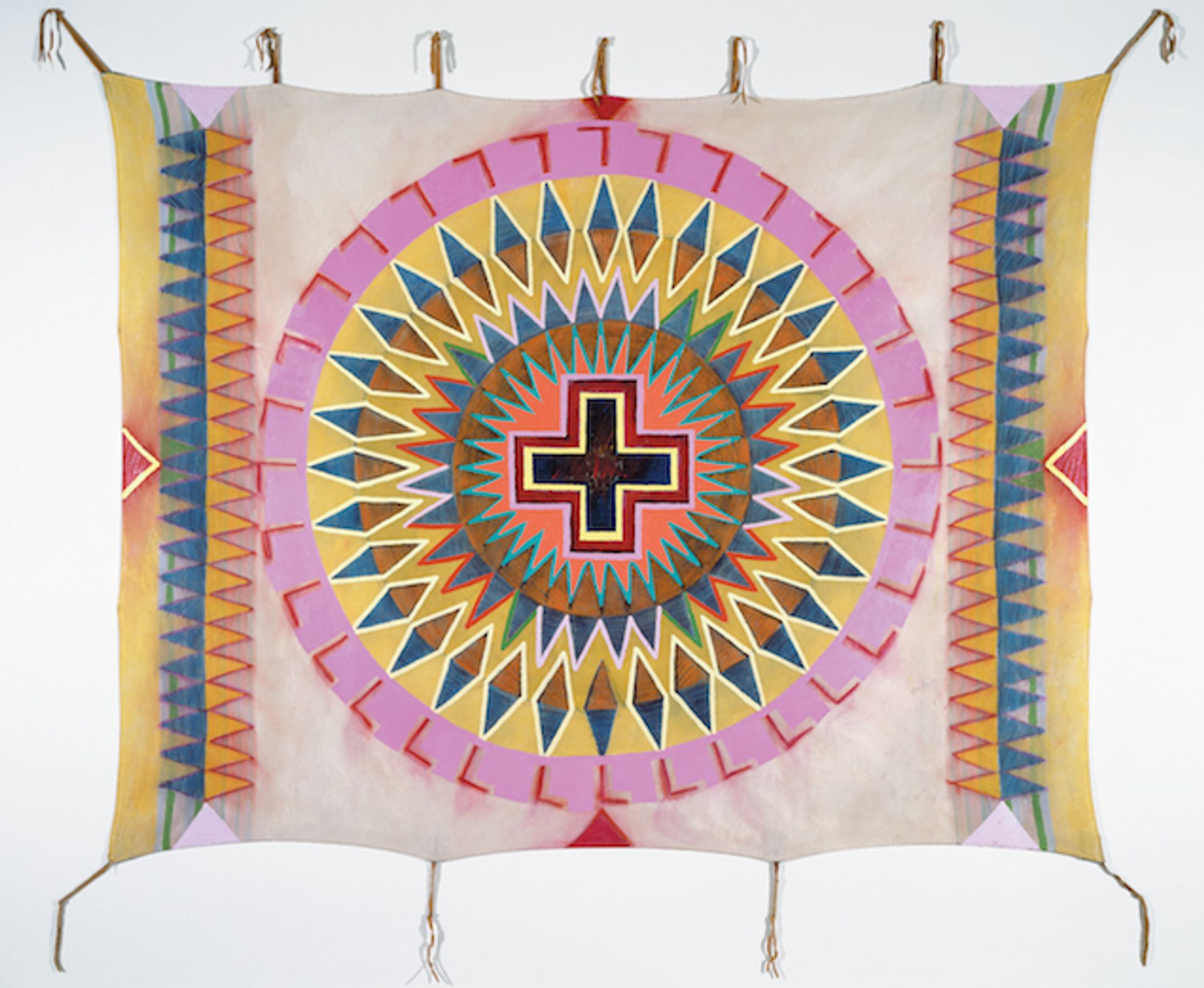The Remai Modern, a new Modern and contemporary art museum in Saskatoon, Canada, due to open on 21 October, has chosen to launch its programming with a museum-wide group exhibition as “a primer to indicate our programme direction going forward”, says Gregory Burke, the director and chief executive. The show, Field Guide (until 25 February 2018), which Burke co-organised with the museum’s director of programmes and chief curator, Sandra Guimarães, demonstrates some of the museum’s priorities, such as showing works by a mix of Canadian and international artists, acting as an “artist-centred” institution and being a champion for work by contemporary indigenous artists.
Field Guide shows pieces from the collection (many of which come from the city’s former Mendel Art Gallery, closed in 2015), new acquisitions, site-specific commissions and loaned works by 80 artists and collectives, including John Baldessari, Kader Attia and Hito Steyerl. The Mendel Art Gallery’s inaugural exhibition in 1964, which showed works in its collection by both Canadian and international artists, was a “benchmark” for the show, Burke says.
Around half of the artists in Field Guide are Canadian or Canada-based, including Geoffrey Farmer, General Idea, the Modern artist Emily Carr and the 94-year-old US artist Eli Bornstein, who lives in Saskatoon and was commissioned by the museum to make a new, large-scale acrylic enamel work for the show. Among recent works by international artists is the Palestinian Ahlam Shibli’s photo series photo series Occupation (2016-17), which was commissioned by Documenta and is coming directly to the museum from the quinquennial.
Some of the gallery spaces have been organised by artists such as the UK artist Ryan Gander. He has selected 142 of the 406 portrait linocuts by Pablo Picasso (the largest such group in the world) from the museum’s collection, presenting them with his autobiographical installation Fieldwork 2015 (2015)—which the Remai Modern has purchased—to which he has added his new drawings of all of the 406 Picasso linocuts. (“I didn’t know he could draw so well!” Burke quips.)

The Mendel Art Gallery Collection at Remai Modern
The indigenous Ontario-based artists Tanya Lukin Linklater and Duane Linklater are organising another gallery space with the installation Determined by the River (inspired by the museum’s site on the South Saskatchewan River) that explores indigenous histories and ideas, and is mainly made up of works from the museum’s collection. “There’s very strong work being made in Canada at the moment [by indigenous artists],” Burke says. “We want to be able to represent that moment.” A programme of conversations and film screenings with artists and other members of the indigenous community is due to be held at the museum on 3-4 November. The installation will run until 7 January.
From 27 January-25 February, this space will be given over to the Swiss artist Thomas Hirschhorn, who will be onsite to run a new workshop, What I can learn from you. What you can learn from me. Hirschhorn is currently in Saskatoon preparing for the workshop by meeting with community groups and individuals—“what he calls ‘fieldwork’”, Burke says.
Recent acquisitions highlighted in the show include the Canadian artist Stan Douglas’s six-channel video installation The Secret Agent (2015), given its own gallery space, which deals with the violent “Hot Summer” of 1975 in Portugal during the country’s transition to democracy. But the exhibition is also about the future of the collection, Burke says, showing works by artists the museum hopes to acquire, such as the German artist Rosemarie Trockel.
The museum’s lead donor, Ellen Remai, has not only funded the museum’s construction but has also helped with acquisitions, and will give annual funding for international programming, Burke says. “She clearly has this ambition that the museum will operate at an international level,” he adds. The museum recently acquired the Germany-based US artist Jimmie Durham’s Black bear (2017), to be shown in Fieldwork, and is due to host the artist’s major travelling retrospective, organised by the Hammer Museum in Los Angeles, next year.


